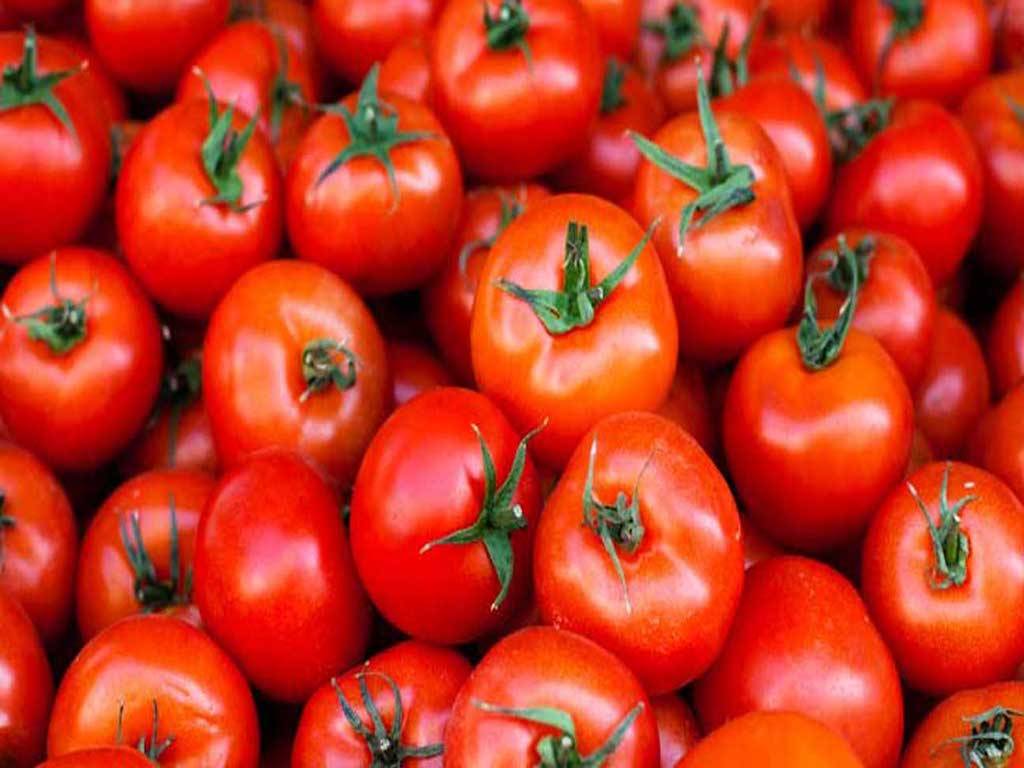
Prices of vegetables have been drifting lower in general, with the exception of green chillies and drumsticks, offering relief to consumers yet leaving growers in the lurch. In the absence of any Covid limitations for the movement of vegetables across states and the opening up of hotels and restaurants to full capacity, the price of a kilogramme of tomato in the APMC market has now plummeted to a record low of Rs 5 per kilogramme, whereas the same price for a kilogram of tomato was hovering above Rs 100 in the first week of December 2021. It costs between Rs 8 and Rs 10 per kilogramme in the retail market.
The prices of all regularly consumed veggies are wildly fluctuating. Except for green chillies and drumsticks, producers claim that all other regularly used vegetables have low returns, and they are unable to recoup even the costs of growing and transporting the commodities to market.
The prices of tomato per kilogramme fell from Rs 10 to Rs 8 on January 31, according to the Agricultural Produce & Livestock Market rate list, and it continued to decline sharply after that. It was Rs 6 between February 11 and February 16, and Rs 5 for the final four days.
Rates of other vegetables such as ladies finger (Rs 15), potato (Rs 25), cucumber (Rs 6), ivy gourd (Rs 30), onion (Rs 100 for 3 kilos), radish (Rs 20), and beans (Rs 45-Rs 50) are also reduced, resulting in a significant loss for producers.
The Issue Of Abundance
Farmers' improper crop patterns, according to the growers, should be responsible for the current predicament. "When tomato prices surpassed Rs 100, farmers started to produce the same item in the hopes of making a profit. As a result of the increased supply, prices have decreased. Every year, farmers confront this dilemma," said TR Vidyasagar, president of the Mysuru district Raitha Sangha.
Farmers are earning Rs 2- Rs 3 per kilogramme of tomato in the wholesale market, according to Raitha Sangha Mysuru taluk unit president P Maramkaiah. "It was Rs 5 per kilogramme at APMC." When the expenses of transportation, labour, harvesting, and seeding are included in, we are left with nothing. "It's the same for all veggies," he explained.
Prices are projected to surge after April, according to farmers, because the wedding season has yet to begin. "Vegetable prices are prone to these types of swings in general. It will persist until the farmers adjust their farming patterns. We predict some pricing adjustments if marriages and other events are permitted on a larger scale," said Manjunath SK, a Nanjangud farmer.
















